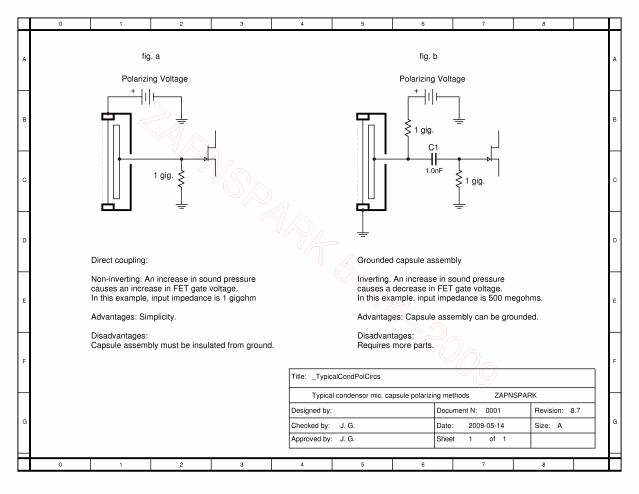Ian
Well-known member
Can somebody please explain to me how lollipop capsules such as the BLUE/RED and neumann CMV capsules are polarized. I can't seem to wrap my head around how the capsule's backplate gets voltage and the capsules output is sent on the single connector. Maybe I have a fundamental misunderstanding on how capsule polarization works??? I always thought that 60-80v is sent to the backplate and then the center wire on the capsule is the output, is this correct? I saw a thread a while back where a guy modded a CMV m7 capsule to do omni and cardiod, how would this work? Wouldn't omni require more voltage to be put on the back plate of the capsule than regular cardiod, or is the same voltage applied to the backplate and just the outputs of both the front and back of the capsule sent to the mic's amp? I would like to put an omni/cardiod switch on a lollipop capsule I have, but I would like to better understand how the polarization works before I try anything. Thanks so much!























![Soldering Iron Kit, 120W LED Digital Advanced Solder Iron Soldering Gun kit, 110V Welding Tools, Smart Temperature Control [356℉-932℉], Extra 5pcs Tips, Auto Sleep, Temp Calibration, Orange](https://m.media-amazon.com/images/I/51sFKu9SdeL._SL500_.jpg)











